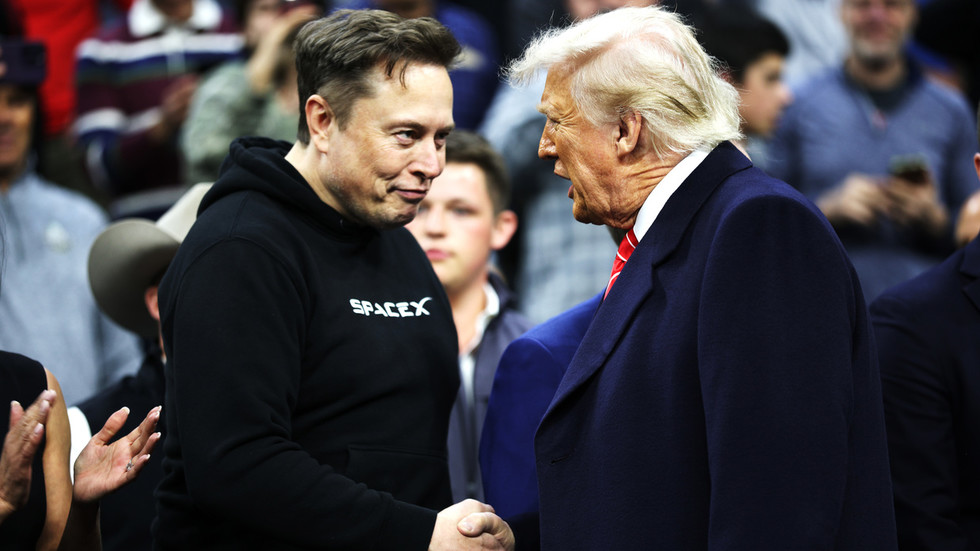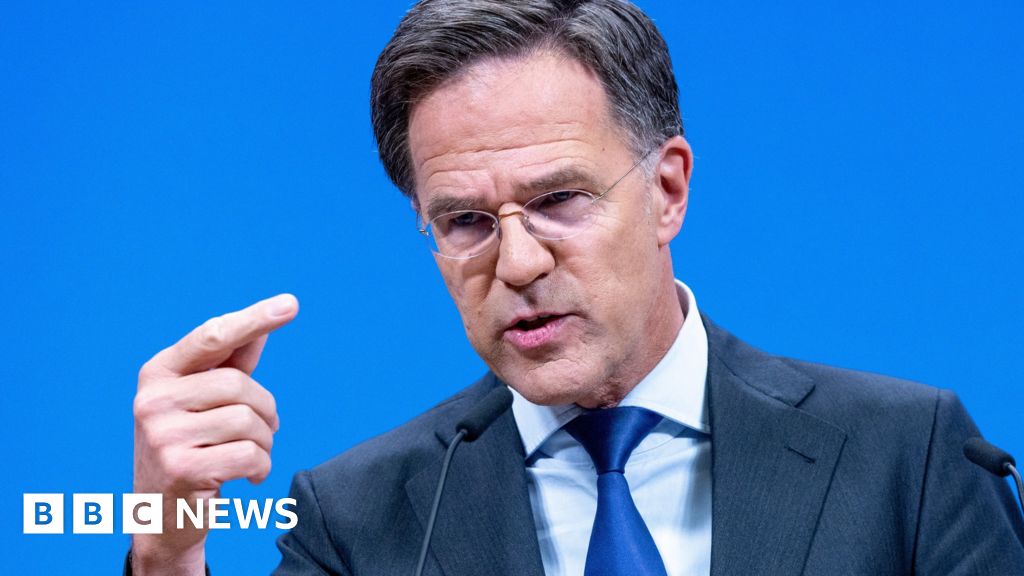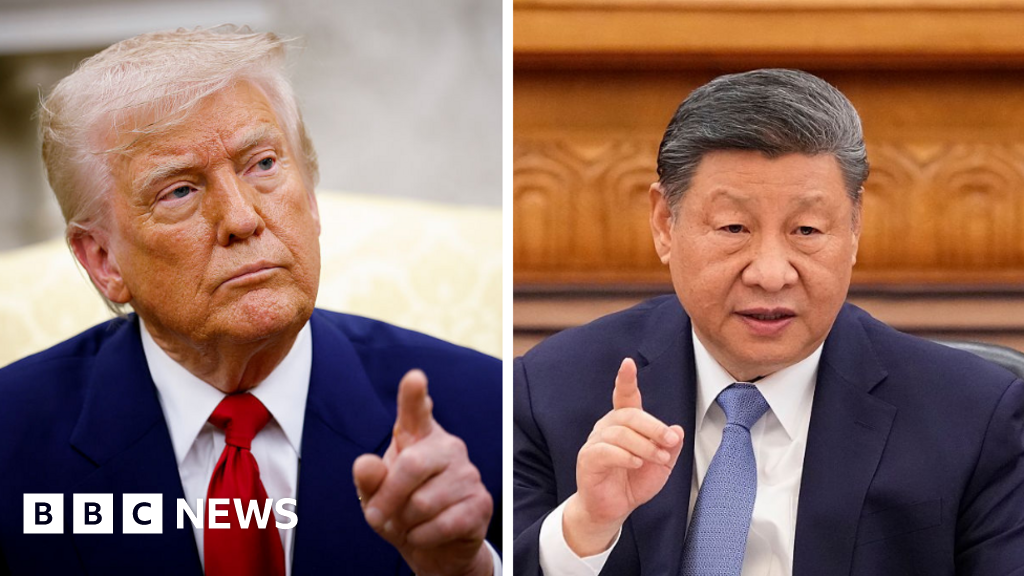The scientists also determined how it actually ended up in the US
- Published: 13:52, 15 May 2025

A CHEAP copy of the monumental Magna Carta bought by Harvard University for $27 is actually an original worth a whopping $21million (£16million).
The jaw-dropping revelation came after two researchers analysed the "print" - but realised it was in fact a rare version of the document issued by Edward I.
The original Magna Carta established in 1215 famously stated that the King is subject to law.
The landmark charter, intended to make peace between King John and rebel barons in the 13th century, has formed the basis of constitutions globally.
Until now, it was believed that there were only four copies of the 1215 original and just six copies of the 1300 version.
But the groundbreaking discovery has now changed that fact - bringing the total amount of 1300 copies to seven.
Professor of medieval history at King’s College London David Carpenter said his reaction was one of "amazement, and in a way, awe".
He had been searching the Harvard Law School Library website in December 2023 when he found the digitised document.
The researcher said: "First, I’d found one of the most rare documents and most significant documents in world constitutional history.
“But secondly, of course, it was astonishment that Harvard had been sitting on it for all these years without realizing what it was.”
Carpenter then teamed up with Nicholas Vincent, a professor of medieval history at the University of East Anglia to analyse and confirm the document's origin.
Comparing it wit six other authentic copies from 1300, they made the shocking discovery that the dimensions matched up.
Moment elderly Just Stop Oil eco-zealots use hammer & chisel to smash glass around Magna Carta
The pair then turned to images Harvard librarians created using ultraviolet light and spectral imaging.
This technology helps to highlight details on faded documents which are not perceivable to the naked eye.
With these images, they compared the text word-for-word and handwriting which included a large capital "E" at the start of "Edwardus".
Although the first version 1250 was annulled, the charter was reissued in 1300 by Edward I.
It promised protection of church rights, limits on taxes and access to impartial justice.
Four of its clauses, including the guarantee of fair legal process, have survived and are still enshrined in law to this day.
Carpenter said the 1300 edition of Magna Carta was "different from the previous versions in a whole series of small ways and the changes are found in every single one".
Harvard needed a copy that could prove authenticity, and Carpenter said they passed this test “with flying colours”.
The tattered and faded copy is now worth millions of dollars - a 1297 version of the Magna Carta sold at auction for $21.3million in 2007.
But Harvard have no plans to sell it now.
The mysterious journey it took to end up in the hands of the university was uncovered mainly by Vincent, who traced it back to the former parliamentary borough of Appleby in Westmorland, England.
The Harvard Law School library purchased the "copy" in 1946 from a London-based book dealer for a mere $27.50.
It was wrongly dated as a 1327 version when it was bought.
What is the Magna Carta?

by Harvey Geh
The Magna Carta, signed in 1215, was a landmark English document that limited the king’s power and established the principle that everyone, including the monarch, is subject to the law.
It sought to prevent the king from exploiting his power, and placed limits of royal authority by establishing law as a power in itself.
The first version of Magna Carta was issued in 1215 at Runnymede - a field by the River Thames between Windsor and Staines, during a political crisis and uprising against the king.
Sealed charters granting rights were issued by lords and kings, but this one was unique because it came from a rebellion by England’s leading nobles.
Magna Carta means Great Charter in Latin.
The document contained a total of 63 different clauses, setting out rules concerning land ownership, taxes and legal rights.
The researcher then determined the document was sent to an auction house in 1945 via a World War pilot.
War hero Forester Maynard inherited the archives from Thomas and John Clarkson - leading campaigners against the slave trade.
Thomas Clarkson had become friends with William Lowther, hereditary lord of the manor of Appleby.
Vincent speculates the lord gave the document to Clarkson.
The researcher said there was "a chain of connection there, as it were, a smoking gun" but there lacked clear proof that it was the Appleby Magna Carta.
"But it seems to me very likely that it is," he said.
Vincent still wants to find a letter or other documentation confirming the Magna Carta was given to Thomas Clarkson.
The two researchers will visit Harvard in June to see its Magna Carta firsthand.



















 English (US) ·
English (US) ·